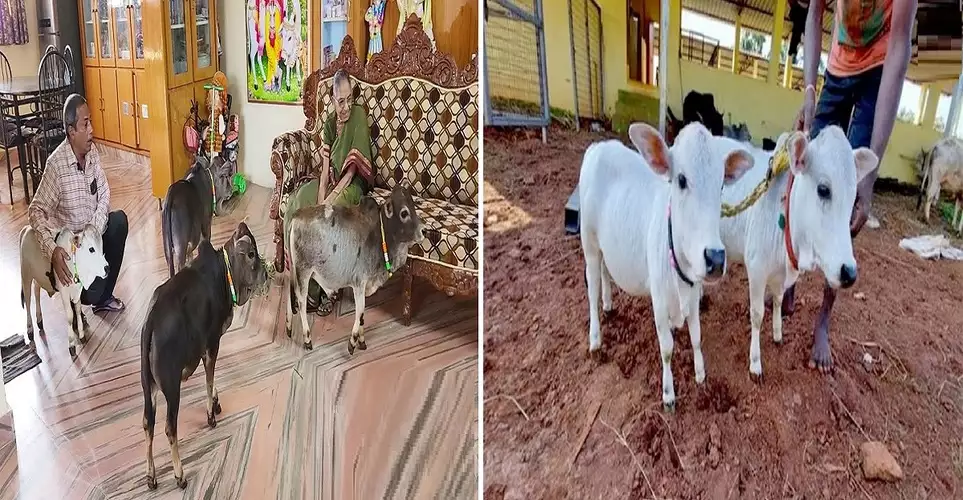The Prime Minister was recently seen feeding several Punganur cows with fodder with his own hands at his residence in New Delhi.
About Punganur Cow:
- Standing at just around 70-90 cm tall and weighing less than 200 kg, it is among the world’s most dwarf cattle breeds.
- It is native to Punganur village in the Chittoor district of Andhra Pradesh.
- It has high resilience to drought and can adapt to low-quality feed.
- It is also prized for its milk, which boasts a higher fat content, making it ideal for producing ghee.
- A Punganur cow can give around 1 to 3 litres a day, and the milk fat content is 8 percent as compared to 3 to 4 percent in other native breeds.
- The milk is also rich in nutrients such as Omega fatty acids, calcium, potassium, and magnesium.
- Body colour: It is white, grey, or light brown to dark brown or red in colour. Sometimes, animals with white colour mixed with red, brown, or black patches are also seen.
- It has a broad forehead and short horns. The horns are crescent-shaped and often lose curving backward and forward in males and lateral and forward in females.
- Punganur cows are considered eco-friendly, requiring less water, feed, and space compared to hybrid breeds.
- Cultural Significance: Even today, many temples in Andhra Pradesh, including the famous Tirupati Tirumala Temple, use the milk of a Punganur cow for Ksheera Abhishekam (milk offering to the deity).




